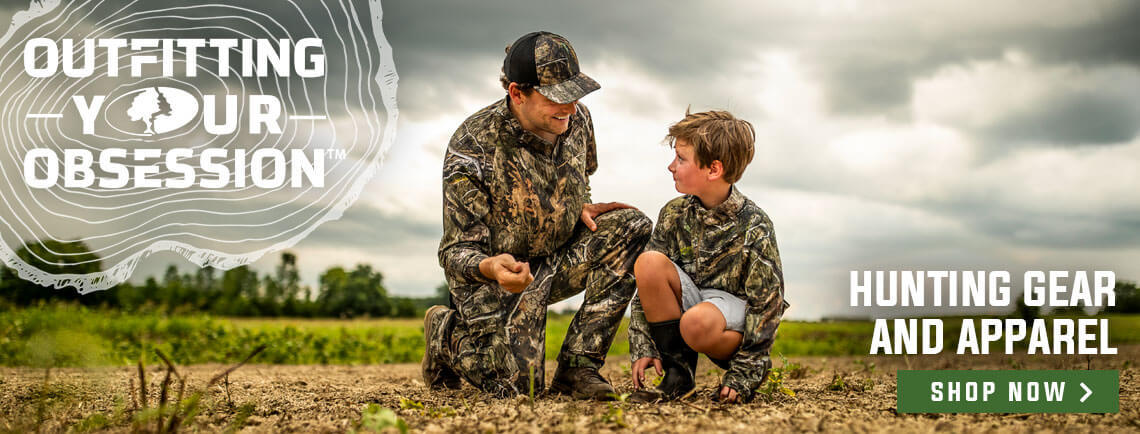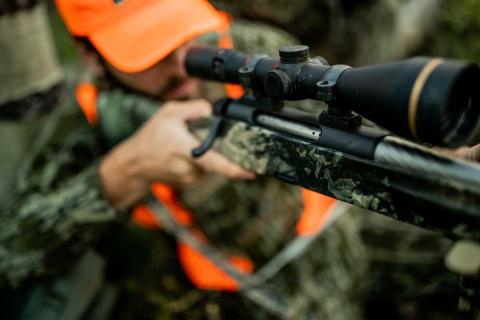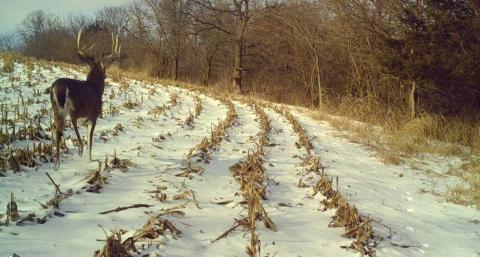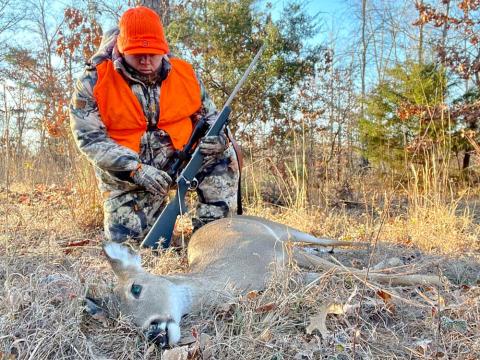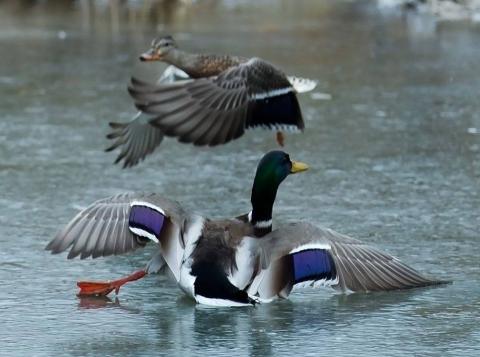Brodie Swisher
The pursuit of predators delivers some of the most action-packed hunting opportunities of the year. And while coyotes tend to get most of the spotlight, the bobcat continues to prove itself as one of the most elusive predators to call to the gun or bow each year. Bobcats are slick. They won’t come easy. But if you play the game just right, it can be done. Here’s a look at 5 steps to calling up a bobcat on your next hunt.
Turn Down the Sound
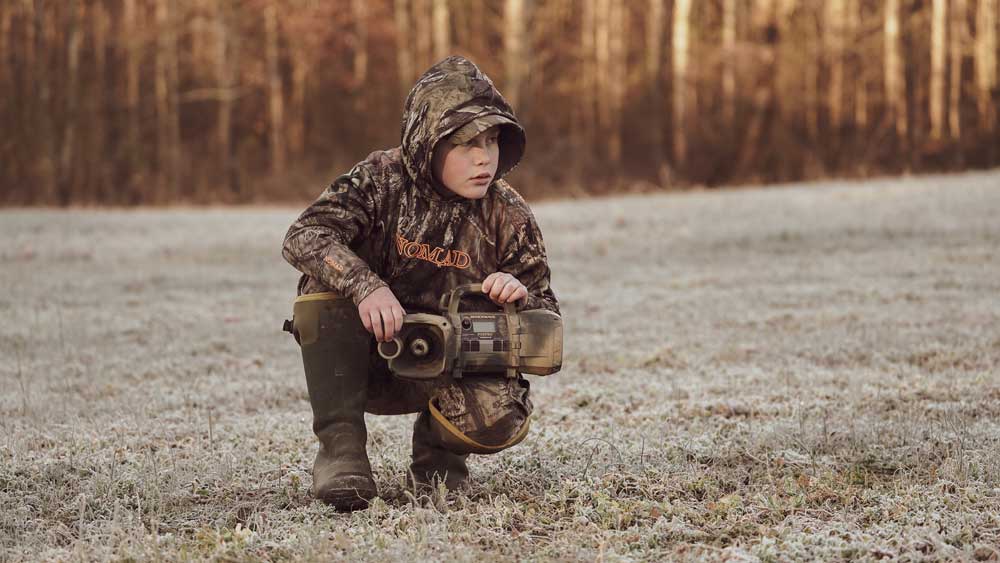
One of the biggest mistakes predator hunters make is squealing too loud on the call. Regardless of whether it’s an electronic call or mouth call, it’s easy to overdo it. It’s imperative to keep it realistic. Think about it. A rabbit or rodent doesn’t have the lung capacity to produce the ridiculously loud and endless screams that predator hunters tend to produce. By turning down the sound, you’ll produce a more realistic calling presentation. This is particularly important when it comes to calling cats. Cats are more standoffish. They will scrutinize every move and sound you make. It’s easy to blow them out with excessive volume from the calls. Turn down the sound, and watch the opportunities to kill a cat increase.
You can also use your calling sounds and volume to take a bobcat’s temperature, or interest level. The cat’s reaction and body language will indicate the effectiveness of the sound. The key is to continue with the sound that pulls the cat in your direction. If it hangs up and sits on its haunches, turn the volume down. If it seems to be diggin’ the soft and subtle sounds, keep it low and slow. Pay attention to what the cat is responding to, and continue with those sounds to bring it into shooting range.
Keep Them Entertained
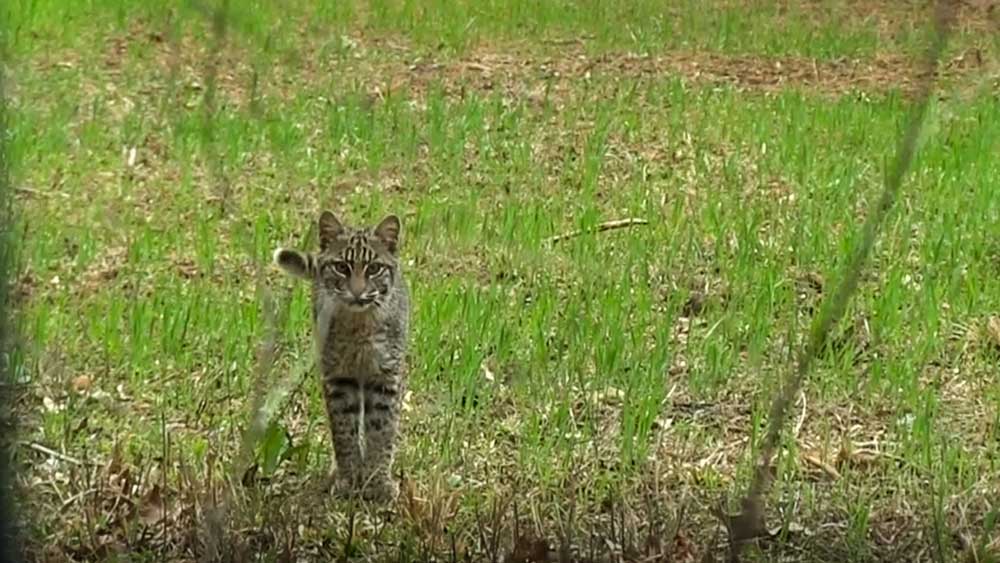
Over the years, I’ve noticed that cats will often sit and watch when the sounds of my calls fade. The moment the calls continue, the cat starts my way again. It’s as if they have attention deficit issues. They’re easily distracted. For that reason, I like to keep the call playing continuously. This is easily accomplished with an electronic caller placed away from my setup. This keeps the attention away from me as the shooter and allows me to run continuous sounds to hold a bobcat’s attention.
Keep in mind, certain sounds tend to hold a cat’s attention better than others. Fast, erratic, jittery sounds are the ones that seem to work best for calling in a bobcat. Fluttering bird sounds can be poison when it comes to making a cat dial in to your calling sequence.
Use a Decoy
Another step to keeping a cat entertained is to use a decoy. As mentioned above, a cat tends to be easily distracted. A decoy is the perfect way to keep them motivated and moving in your direction. A decoy also allows you to help manipulate the way a cat makes its approach to best set up the shot opportunity. And like with the electronic caller, placing the decoy away from your setup allows you to keep the cat’s attention focused away from you as the shooter.
One of the things to keep mind when it comes to decoys is motion. A stationary decoy will often go unnoticed. Make sure your decoy has movement and plenty of it. It really doesn’t matter what the decoys is as long as it resembles a bird, rabbit, or rodent doing the death scramble. Once a bobcat locks in on the decoy, it’ll soon be sneaking toward the imposter to move in for the kill.
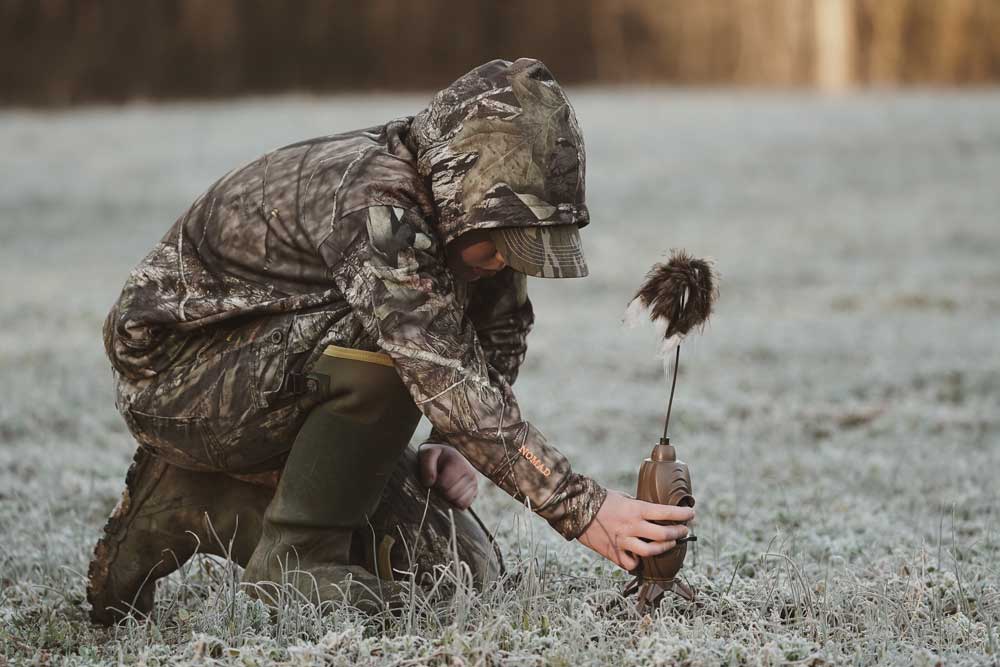
Make a Longer Sit
When it comes to hunting coyotes, the calling stand tends to be a pretty quick program. I routinely call for 15 minutes and then move on if nothing comes to the call. However, when it comes to calling bobcats, you need to make a longer sit. Bobcats are slow and stealthy in their approach. They may take twice as long to come on the scene. For that reason, when targeting cats, my calling routine will be extended to 30 minutes as I allow ample time for a lazy cat to make its move. Patience is the key when it comes to calling bobcats.
Another thing to keep in mind is that coyotes will typically come to the call first. You’ll have to decide whether to shoot or pass on a coyote if your plan is to tag a cat. Most hunters can’t resist the urge to shoot a coyote when they come charging in within minutes of sending your first sounds. If you want to kill a cat, you’ll have to be patient, maybe pass a coyote, and wait out a slow-creeping cat.
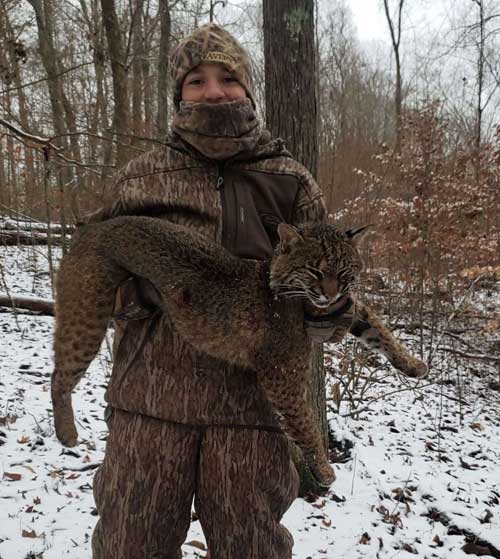
Wrapping Up
Hunting bobcats will deliver one of the most challenging pursuits of your season. These ghost-like creatures evade hunters year after year. I’ve often heard other hunters make the comment, “I’ve never even seen a bobcat in the wild!” Yet, for others, a single encounter with a cat in the wild is what keeps them going back for more. It’s an encounter like no other. A bobcat is one of the stealthiest critters to roam the woods. Call him in close, and you’ll know you’ve done something special. Use the steps mentioned above to make it happen this season.

